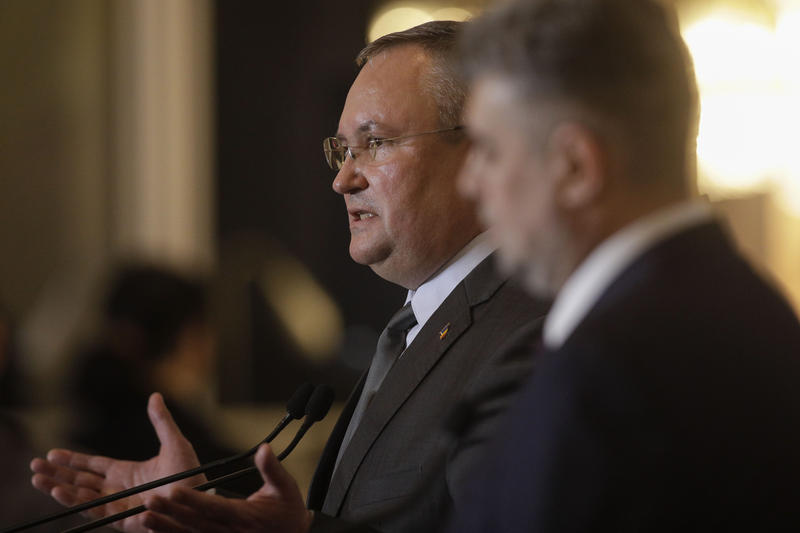The total spending the Romanian state made with public sector employees - salaries, contributions for insurances' budget and social benefits - went up by an average of 9% in Q1 in comparison with the previous quarter, the Romanian National Statistics Institute (INS) shows. The highest increases in the spending with the public sector workforce have been in Education (12%), public administration (7.83%) and health and social benefits (7.65%).
The salary indicator went up higher than the indicator for social benefits. In contrast, in the private sector, the same indicator dropped, showing that the income adjustments were carried out in the private sector and remain a utopia in the public sector.
The cause of this increase is the bonuses and incentives awarded for Easter, and the 13th salary granted in some sectors, which made the state's spending with public sector employees to go up.
The total cost for the work force - means the total spending - direct or indirect - supported by the employee with the paid work force. According to the European methodology, it excludes the spending on professional training, staff recruitment and protection equipment.
Direct spending on the work force - refers to the gross amounts paid from the salary fund for the working hours (including awards), for holidays etc, in kind, the gross incentives paid from the net profit, sums paid from other funds, including in kind.
Indirect spending on the work force include the employers contributions to the social protection insurance fund (unemployment, health etc.), the gross sums paid when employees leave the unit (retirement, transfer etc.), when works in interrupted for reasons that the employees cannot be held accountant for and other spending with the work force.
The Romanian Government aimed to cut 70,000jobs in 2009 and another 125,000 in 2011, but no measure has been taken so far.
The government pledged in the intention letter sent to the IMF to cut the jobs in the public sector to 1.29 million employees, which means they have to axe 70,000 jobs.



















